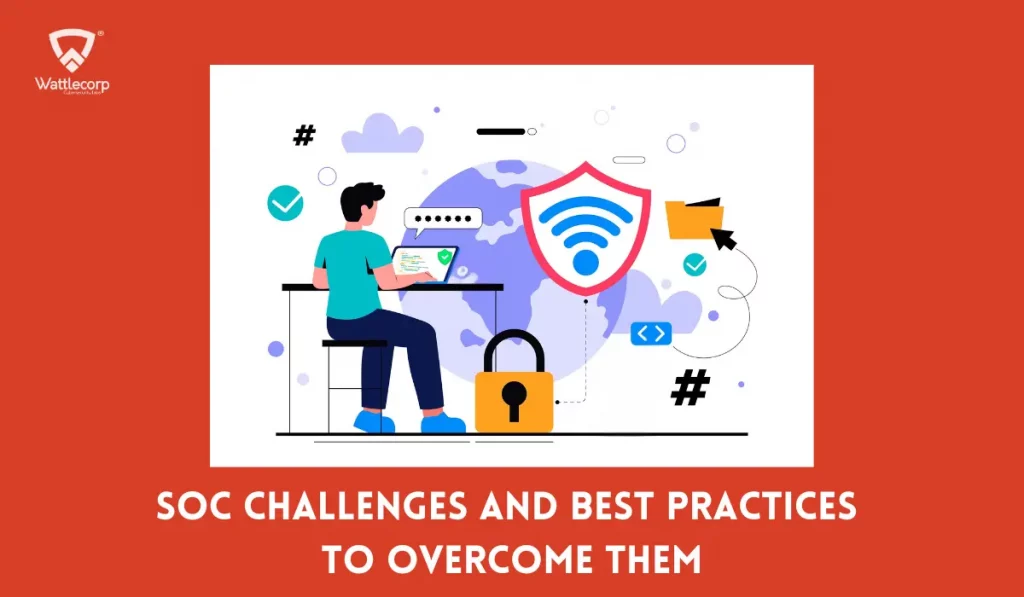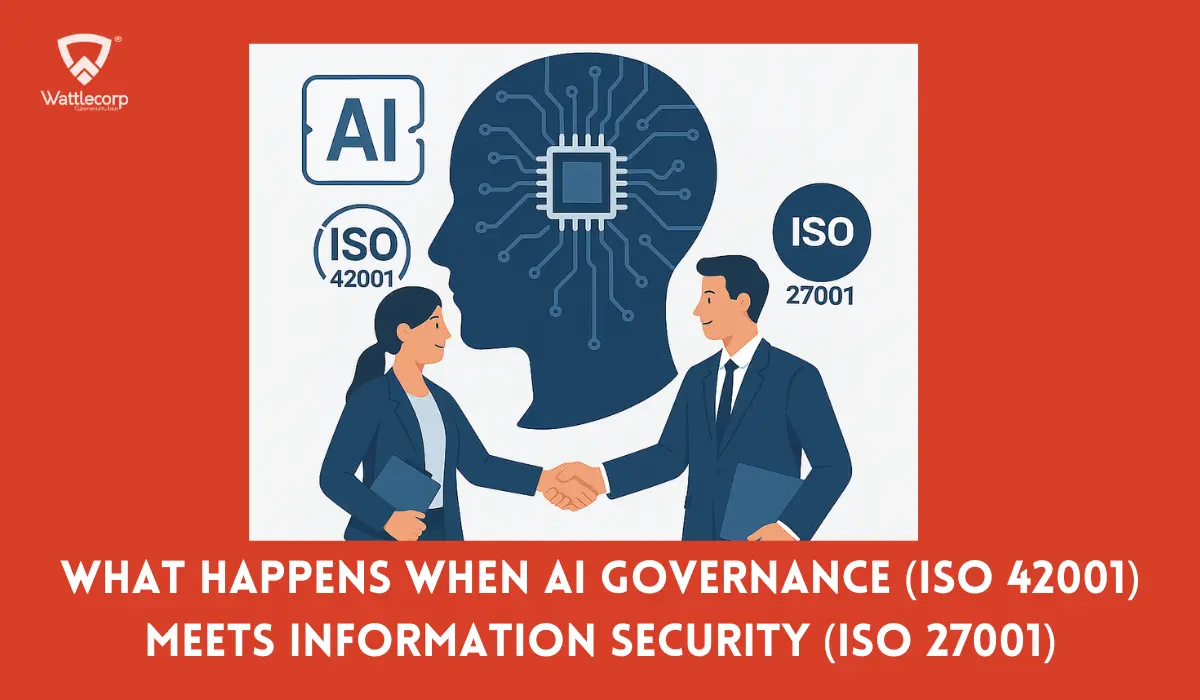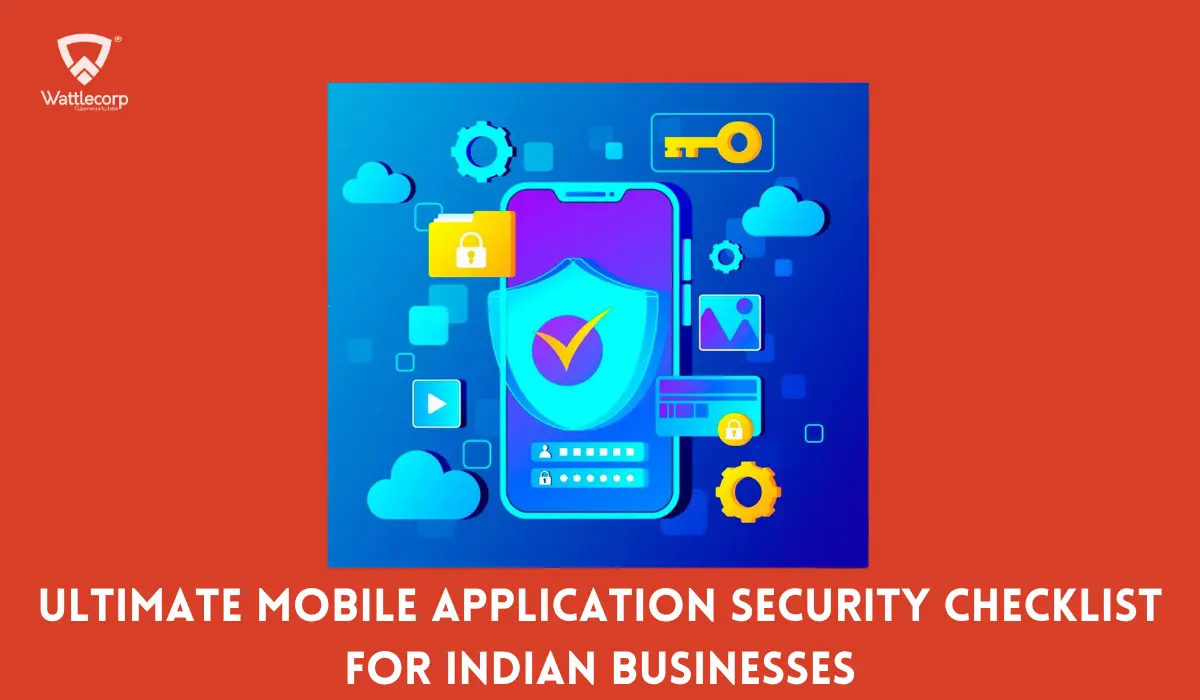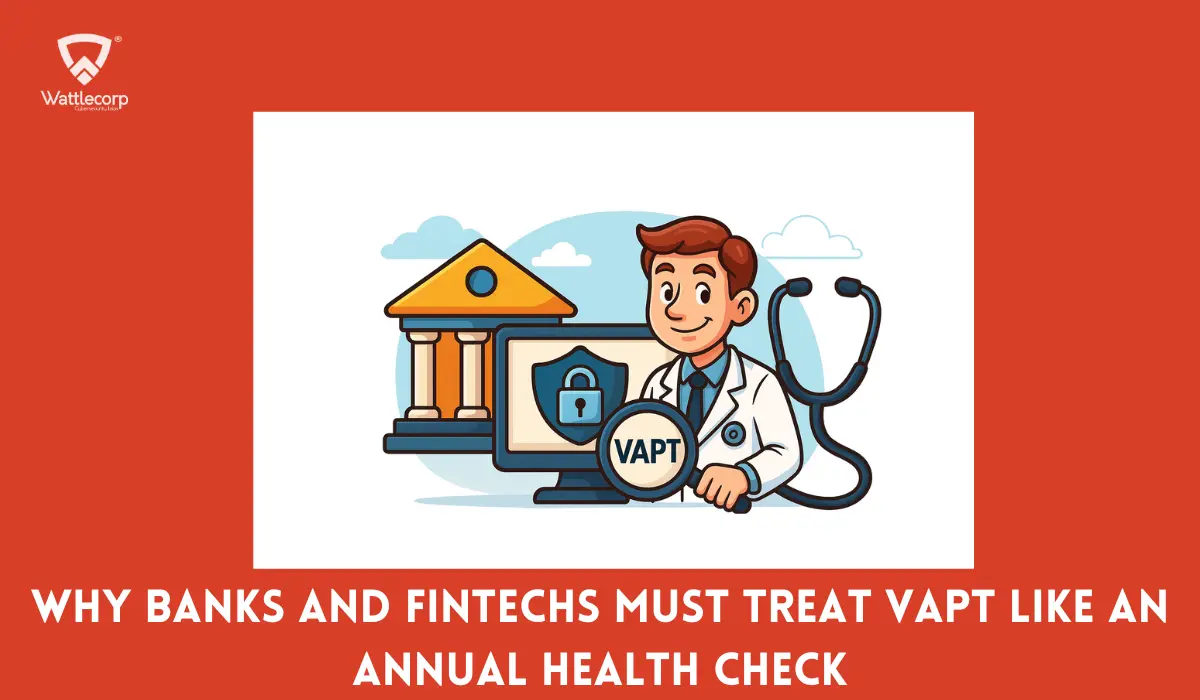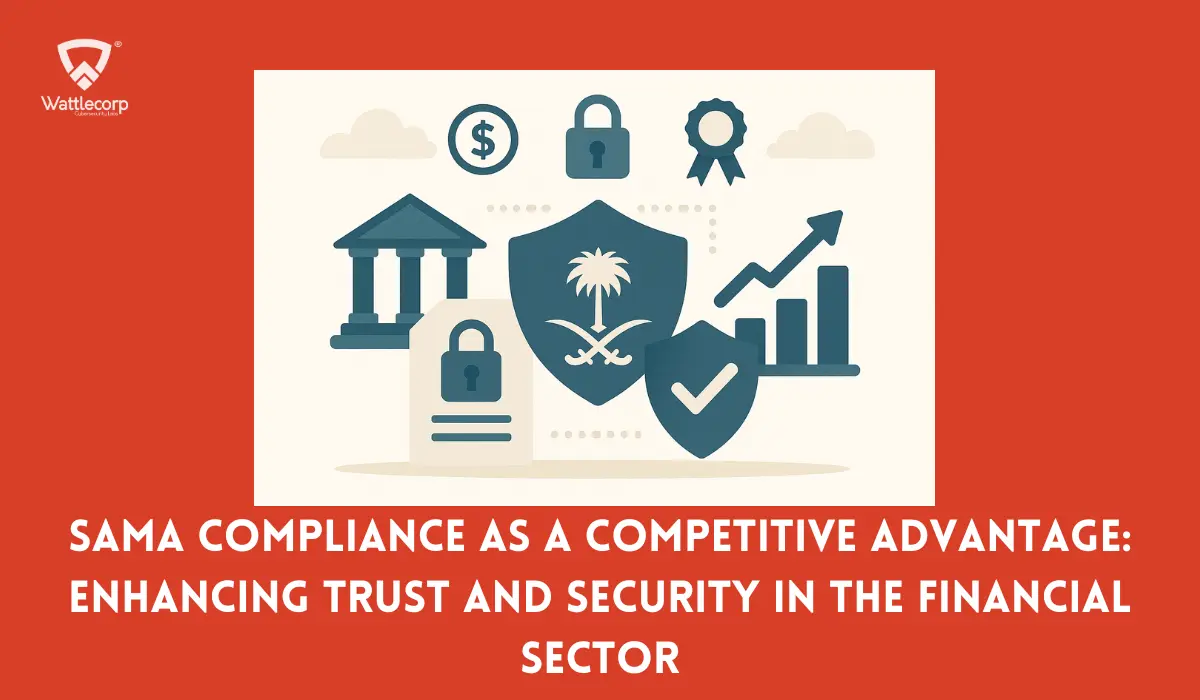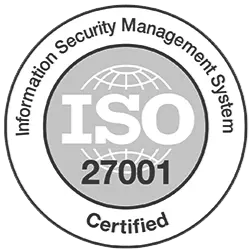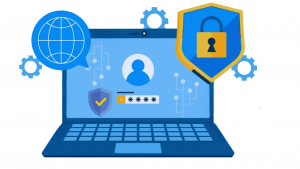Have you ever wondered how companies can keep ahead of cybercriminals? Due to the rapid expansion of the digital realm, organisations around the world are constantly confronted with an abundance of cybersecurity risks.
The core of a company’s cybersecurity defense is the Security Operations Center (SOC).
However, it is building and operating SOC in all its effectiveness, where actual challenges lie.
Dealing with these and developing an efficient SOC is not as simple as just pulling a handle.
Organisations face multiple obstacles, which range from resource constraints to SOC integration issues.
Difficulties/challenges like these indeed demand adopting best SOC management practices to enhance cyber defense.
This blog will examine:
- The typical SOC challenges that businesses deal with.
- SOC best practices that can be put into effect to increase productivity and ace cybersecurity defense strategy.
- How to use Wattlecorp Technologies to tackle SOC challenges.
Table of Contents
ToggleUnderstanding SOC
Have you noticed how companies shield themselves from the cost of cyberattacks?
The secret is the Security Operations Center (SOC).
SOC lays the foundation for your cyberdefense strategy by aptly protecting your digital assets and helping ensure compliance with essential regulatory standards, such as NIST Cybersecurity Framework.
With SOC consisting of a comprehensive security monitoring and response system, these significantly help reduce the time taken to detect and mitigate potential security breaches.
This helps you focus more on the productivity aspect of your operation. It also takes skilled analysts and security experts to build a dedicated and efficient SOC team.
You can, therefore, imagine SOC as the digital equivalent of a security monitoring system for your business.
Evading potential attacks from black-hat hackers is just one part of a SOC; another is anticipating them, lessening their effects, and making sure they don’t happen again.
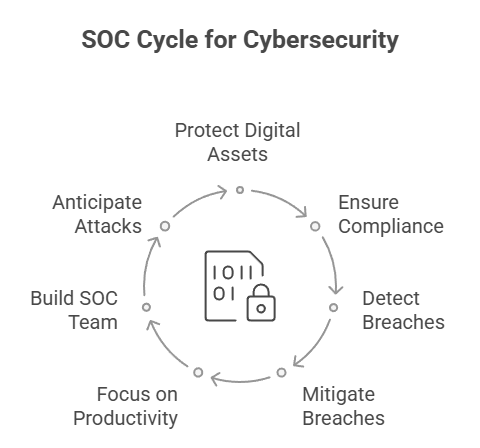
Significance of SOC in Current Cybersecurity: Why is a SOC necessary for businesses?
Imagine this: Without a SOC, a business would be like a city without police. It may work, but it’s quite susceptible to attacks.
In contemporary cybersecurity frameworks, the Security Operations Center is essential because of the following:
- Real-time Threat Monitoring: SOCs monitor networks and systems closely to identify and address cyber threats as they materialise.
- Incident Response and Mitigation: SOCs serve to proactively, promptly, and swiftly address and respond to security incidents to help preserve business stability.
- Threat intelligence and data analysis: By utilising data analysis tools, SOC teams spot patterns, uncover vulnerabilities, and foresee emerging threats.
- Compliance and Reporting: SOCs help prepare detailed reports and provide audit trails. These enable businesses to maintain compliance with regulatory requirements.
Businesses run the danger of financial loss and damage to their reputation without a SOC.
The significance of SOCs in modern cybersecurity cannot be overstated in a world where data breaches can cost millions of dollars.
Also Read: Data Breach Prevention Strategies
Common SOC Challenge
Management of a Security Operations Center (SOC) involves challenges as already mentioned above.
Despite SOCs being crucial to modern cybersecurity, companies face innumerable obstacles to optimise their effectiveness. Overcoming these is critical to strengthen their security posture.
Let’s look at the most important SOC challenges and why businesses should tackle them.
1. Difficulties in Implementing
What if you were told that putting a SOC into action is as difficult as constructing a defense wall in an area of conflict.
Likewise, establishing a SOC necessitates a significant amount of investment in personnel, technology, and protocols.
This is, unfortunately, not possible for many businesses, for reasons cited below:
- Financial Limitations: Setting up a SOC can be expensive, especially for SMEs.
- Lack of Experience: An efficient SOC demands an efficient SOC staff with the right degree of experience and expertise. Finding this combination is definitely the most difficult task.
- Installation Intricacy: It takes a lot of effort to create a centralised system that integrates seamlessly with the existing IT infrastructure.
2. Challenges with Threat Intelligence
An average SOC analyst receives around 10,000 threats every day. Of these, only a small portion are real threats.
The amount of data that SOCs manage sometimes needs to be more for even the most experienced teams.
Common challenges consist of:
- False Positives: When analysts pursue a harmless alert, they lose significant time.
- Advanced Dangers: With cybercriminals constantly devising sophisticated methods to exploit vulnerable systems, this complicates the process of identifying real hazards.
- Delayed Response: If a SOC team lacks actionable insights, it is less likely for them to respond swiftly to identified obstacles.
All the aforementioned challenges mandate leveraging technologies that can concentrate on and identify key alerts.
Filtering out noise using AI and machine learning is an urgent need to get over these challenges with threat intelligence within SOC.
Also Read: Cybersecurity Threat Intelligence
3. Integration Challenges
Integrating SOC technology with existing IT systems is as challenging as attempting to put a puzzle together. Only to discover that some pieces are missing.
Among the significant issues include:
- Tool Integration: Gaps in identifying threats may arise from inefficient communication between different security systems.
- Fragmented Infrastructure: Outdated systems often resist integration. By improving visibility and centralising management, SOCs can effectuate this process.
- Data Silos: Without a single platform, data becomes trapped in silos, making it more difficult for the SOC team to act decisively.
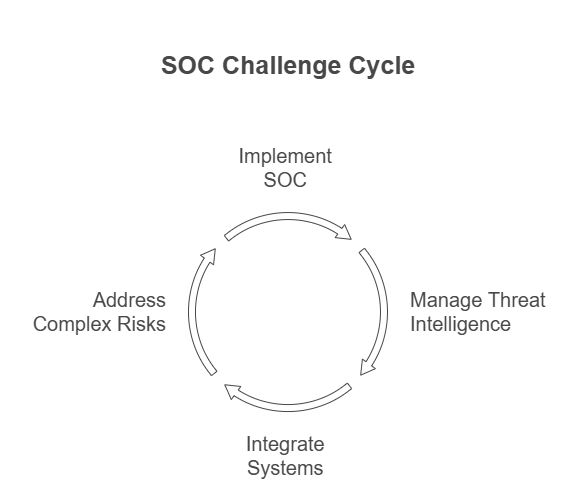
4. Complex Risks
Advanced persistent threats (APTs) and zero-day vulnerabilities are the two most dynamic, complicated threats that require urgent handling within SOC.
It takes a lot of effort to identify and lessen these advanced risks because there are no known remedies or cures at the time of discovery.
Also, with social engineering-related cyberattacks relentlessly exploiting human vulnerabilities, these complicate preventive efforts further.
5. Overwhelming Data
Security operations analysts may experience SOC data overload because of the abundance of security data, logs, and alerts produced by several platforms.
It then becomes difficult for them to distinguish between false positives and actual dangers. Additionally, they might stop caring about security alerts.
Alert fatigue may result from the effort required to discern genuine dangers from noise, perhaps leading analysts to overlook genuine risks.
6. Supply Chain Risks
Supply chain attacks have increased in frequency.
In addition to their own infrastructure, security operations units are responsible for monitoring and safeguarding the infrastructure of their partners and suppliers.
This is a complicated issue because suppliers’ security procedures are not transparent, and verifying their reliability is challenging.
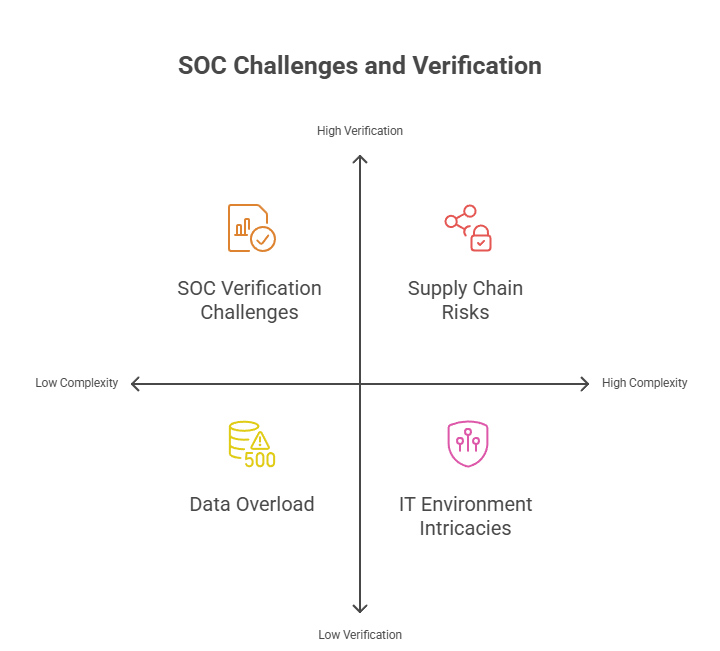
7. Challenges with SOC Verification
How sure are you regarding the functioning of your SOC?
Verification is crucial, though usually overlooked aspect of SOC management.
Done appropriately, it helps ensure that your defenses are not only functioning but are also optimised.
Among the difficulties in SOC Verification include:
- Absence of definite metrics: Lack of well-defined KPIs makes it difficult to gauge SOC effectiveness.
- Restricted Testing: Many SOCs do not routinely conduct drills or attack simulations to evaluate their readiness.|
- Compliance Lacks: Upholding SOC compliance standards is an ongoing struggle.
8. Intricacies in IT Environments
The complexities and dynamic nature of modern IT environments make them challenging enough to protect and manage them.
These include a large number of devices, on-premises and cloud infrastructure, and many apps,
Also Read: Cybersecurity and Data Privacy Regulations
Best Practices to Overcome SOC Challenges and Enhance SOC Effectiveness
For you to overcome challenges in your SOC, you can consider the following essential approaches or techniques:
Leverage Automation
SOC teams sometimes suffer from alert fatigue as a result of the thousands of notifications they get daily.
Adopting AI or ML-powered automated solutions aids in eliminating manual work.
These free up analysts, allowing them to focus on high-priority issues.
You can subsequently focus on identifying and prioritising significant hazards while removing irrelevant data/noise.
Make Regular Training Investments:
Cyber threats are continuously evolving. These require an efficient and upskilled team to tackle them effectively.
You should also manage your SOC team in all efficiency. Also, they need continuous training and regular updates on the latest technological advancements and evolving cyber threats.
These will also include offering workshops, certifications, and real-world simulations to upskill your employees and make sure they are prepared for new challenges.
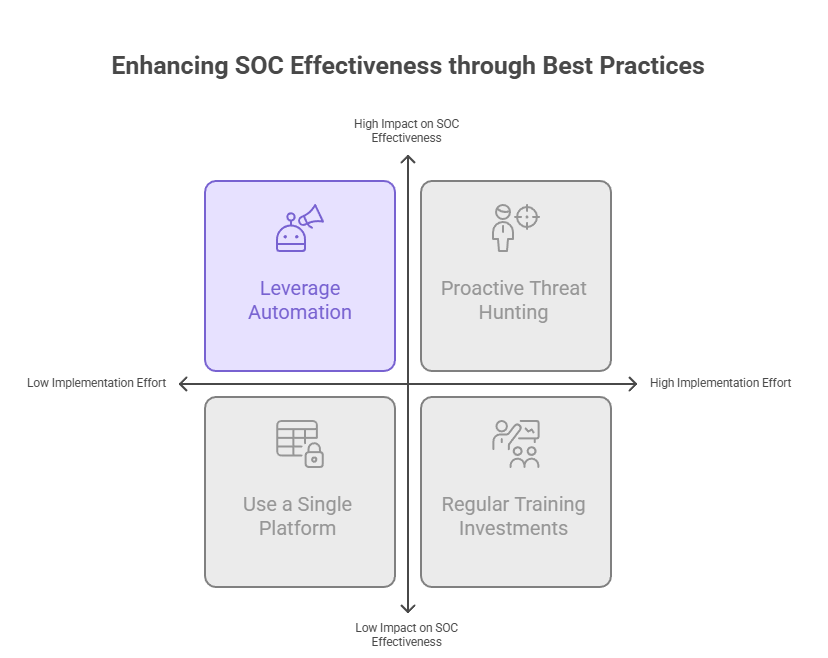
Use a Single Platform
Integration is one of the most common issues that SOCs face.
SOCs can alleviate this problem by aggregating data from various security tools into a single dashboard. This process helps improve threat visibility.
The result is a seamless collaboration between SOC team members and SOC IT security operations.
Proactive Threat Hunting
Encouraging your SOC team to proactively search for weaknesses and indicators of compromise can strengthen your overall SOC security posture.
This approach is far better and time-saving than having your team wait for notifications.
SOC Escalation Best Practices
What will you do if an incident exceeds your SOC team’s capabilities? In the lack of an effective escalation plan, minor problems could escalate into major catastrophes.
Follow these SOC escalation best practices to stay ahead of evolving threats:
1. Set Up Thresholds for Escalation
Indicate the incident’s degree of severity and the best line of action in clear terms.
For example, where a low-risk alert could require analyst examination, a high-risk alert immediately escalates to top management.
- Assign Duties and Positions
Ensure that everyone on the team understands their part in the escalation procedure.
This clarity cuts down on delays and ensures a timely response.
- Collaborate Across Teams
Among the teams that usually have to participate in complicated events are IT, compliance, and legal.
Create standards for collaboration to help departments work together during escalations.
- Document Escalation Results
Maintain detailed documentation of each escalation. These SOC reports provide useful data for achieving SOC compliance and process enhancement.
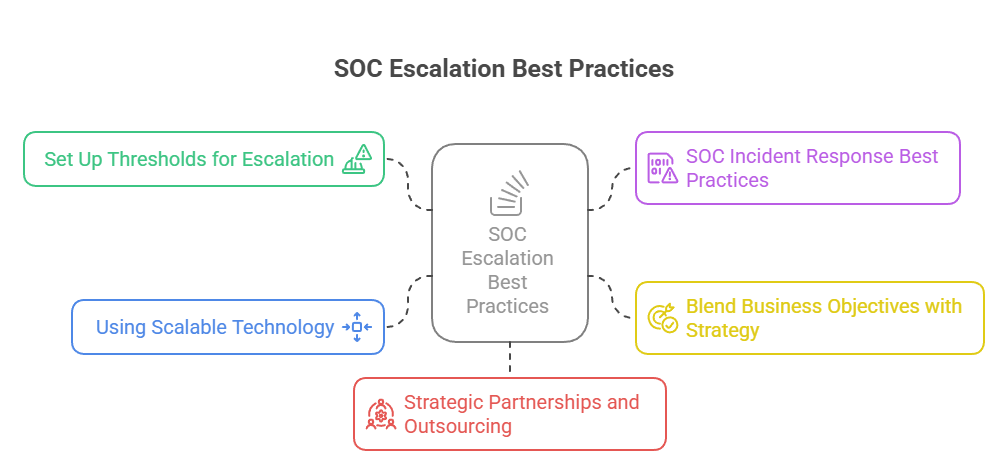
2. SOC Incident Response Best Practices
Did you know that the average cost of a data breach is $4.35 million? This impact can be significantly reduced with an effective incident response.
The following advice will help your SOC handle incidents better:
- Create a brief incident response plan
Make a thorough manual on how your team should respond to various cyberattacks.
Establish comprehensive escalation channels to ensure timely and effective action.
- Perform Frequent Drills
Red team activities, also referred to as simulated attacks, evaluate your SOC’s readiness.
These exercises help your team improve their reaction strategies and highlight process weaknesses.
- Take Advantage of Threat Intelligence
Utilise intelligence feeds and real-time data to understand the nature of threats and modify your response accordingly.
This tactic helps against advanced persistent attacks (APTs) and zero-day vulnerabilities.
- Excellent Communication:
Technical action and clear communication are equally important for incident response.
In the case of a breach, make sure your SOC team has set up protocols for communicating both internally and externally.
Also read: Team-Building Activities to Strengthen Your SOC and Incident Response Teams
3. Blend Business Objectives with Strategy
The process begins with planning and setting the organisation’s asset protection objectives.
SOC operations must be in line with business goals.
These include establishing security goals, assessing requirements, and formulating a fair implementation timeline.
It is wise to start by identifying the most important resources as well as the risks and vulnerabilities that could have an impact on the business.
If these definitions are set, you can more efficiently allocate resources.
Additionally, it fosters an atmosphere in which security is incorporated into the plan.
4. Using Scalable Technology
Using solutions that can grow with the business is an excellent way to guarantee a SOC’s efficiency and cut expenses.
Artificial intelligence and big data analysis are advanced technologies that enable quicker and more precise threat analysis.
Additionally, cloud solutions are very scalable and allow users to add or remove features based on usage.
These help with optimising resources and controlling expenses.
Leverage tools to enhance SOC security services. These include:
- Real-time Monitoring: Tools such as SIEM (Security Information and Event Management) can make this possible by combining data and providing quick threat identification.
- Threat Intelligence: Your team can remain proactive by using platforms that offer actionable information about changing threats.
- Incident Management: To make sure all is seen, simplify the incident tracking, reporting, and response lifecycle processes.
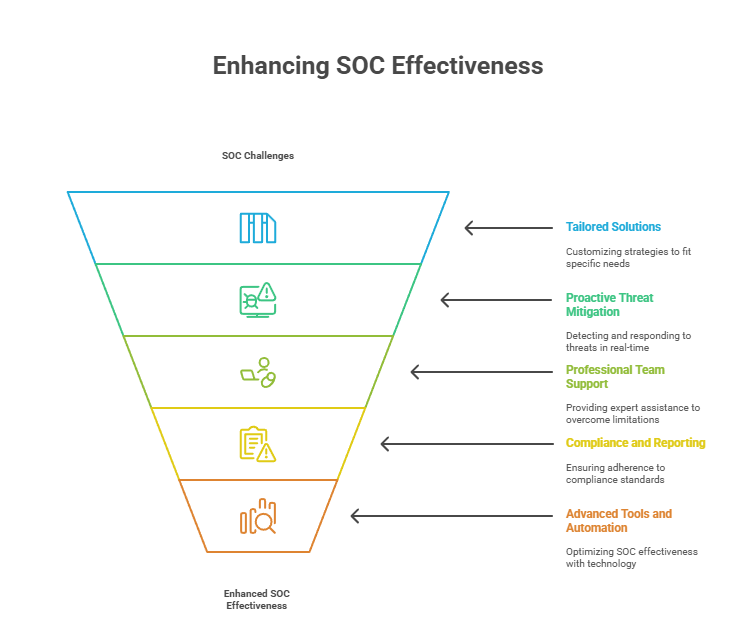
5. Strategic Partnerships and Outsourcing
Forming strategic alliances and thinking about outsourcing particular SOC functions is an intriguing way to address resource constraints and increase efficiency.
Partnerships with strategic consulting services for cybersecurity give access to professionals and technology that would not otherwise be available.
In-house staff can focus on critical tasks by outsourcing some duties, such as incident response and ongoing monitoring.
Doing so will help lower workload while also ensuring more efficient threat management.
Successful SOCs depend on people, not just processes and technology. Create a collaborative environment where:
- SOC teams feel comfortable sharing ideas and solutions.
- Cross-functional teams work together to address issues holistically.
- The management actively supports and finances the SOC’s growth.
Also Read: Cybersecurity for Small Businesses
How Does Wattlecorp Technologies Help In SOC?
Wattlecorp specialises in helping businesses overcome the difficulties associated with SOC management.
Fortune 500 organisations like Walmart, Tesla, and Intel have trusted our team of cybersecurity experts, strategists, and penetration testers to protect their digital assets.
At our UAE office, SOC strategists practice the art of SOC configuration. It needs to be built with perfect operation in mind.
Wattlecorp has one of the best SOC setup teams in the industry.
- Establishment of a SOC, either on or off-site
- Making sure safety in operation is efficient
- Putting emergency attack protocols in place
- Frequent security assessments and studies plus 278 activities
- Specialised group in Microsoft’s Azure Sentinel
Here’s how we can help:
- Tailored Solutions: We modify SOC strategies to fit your particular needs, ensuring a seamless transfer with your existing IT infrastructure.
- Proactive Threat Mitigation: Our expertise in SOC security services ensures real-time threat detection and timely incident response to lower risks.
- Professional SOC Team Support: Wattlecorp provides you with access to professionals who address problems including a lack of SOC capability and resource limitations.
- Compliance and Reporting: To demonstrate your security preparedness and help you fulfill the stringent SOC compliance standards, we offer thorough SOC reports.
- Advanced Tools and Automation: To reduce data overload, prioritise risks, and optimise SOC effectiveness, we employ cutting-edge technologies.
When Wattlecorp is on your side, your SOC is a strategic asset that protects your business, builds customer trust, and ensures long-term resilience to emerging cyber threats.
Also read: Building a Cybersecurity Budget
Operating a Security Operations Center (SOC) requires effort.
The road to building a successful SOC is paved with innumerable challenges. These include fixing integration and installation issues and controlling SOC risks and minimising data overload.
These challenges can be transformed into chances to strengthen your organisation’s cybersecurity defenses.
However, you should employ the right strategies and best practices to enhance your SOC performance. Need help optimising your SOC? Book a SOC Assessment or register for a Continuous Security Monitoring 24/7*365 Days In The UAE program. Partner with Wattlecorp to bolster your cyberdefense strategies.
SOC challenges FAQs
1. How can a SOC manage the large number of false positives and alerts?
By utilising cutting-edge technologies like SIEM (Security Information and Event Management) and AI-driven analytics, the SOC can manage large alert volumes and false positives.
These technologies filter out noise, automate time-consuming procedures, and prioritise crucial data.
False positives are also reduced by lowering alert thresholds and putting effective threat intelligence into place. Frequent training improves SOC teams’ ability to identify actual threats.
2. Which technologies or tools are suggested for improving SOC performance?
The technology or tools listed below aid in enhancing SOC performance:
• SIEM Frameworks for efficient log management, real-time monitoring, and threat detection.
• SOAR Platforms to automate crisis response and streamline procedures.
• Endpoint Detection and Response (EDR) for obtaining enhanced protection against endpoint attacks.
• AI-Powered Analytics to manage data overload and prioritise critical alarms.
• Threat intelligence platforms to provide useful details on evolving threats.
3. What are the main challenges facing a Security Operations Center (SOC)?
The following are the major obstacles that SOC faces:
• Alert Overload: When there are too many alarms and false positives, analysts get tired.
• Advanced Threats: Complex attacks like advanced persistent threats (APTs) and zero-day vulnerabilities are difficult to detect and stop.
• Combining: Integration challenges occur when SOC tools are not able to be integrated with the existing IT architecture.
• Resource limitations: Include things like financial constraints and a shortage of skilled workers.
• Threat intelligence gaps: These result from poor correlation and prioritisation of threat data.
• SOC Compliance Standards: Having issues meeting regulatory requirements and generating comprehensive SOC reports.
Uncertain reaction strategies and ineffective escalation protocols are also the causes of incident response delays within SOC.
